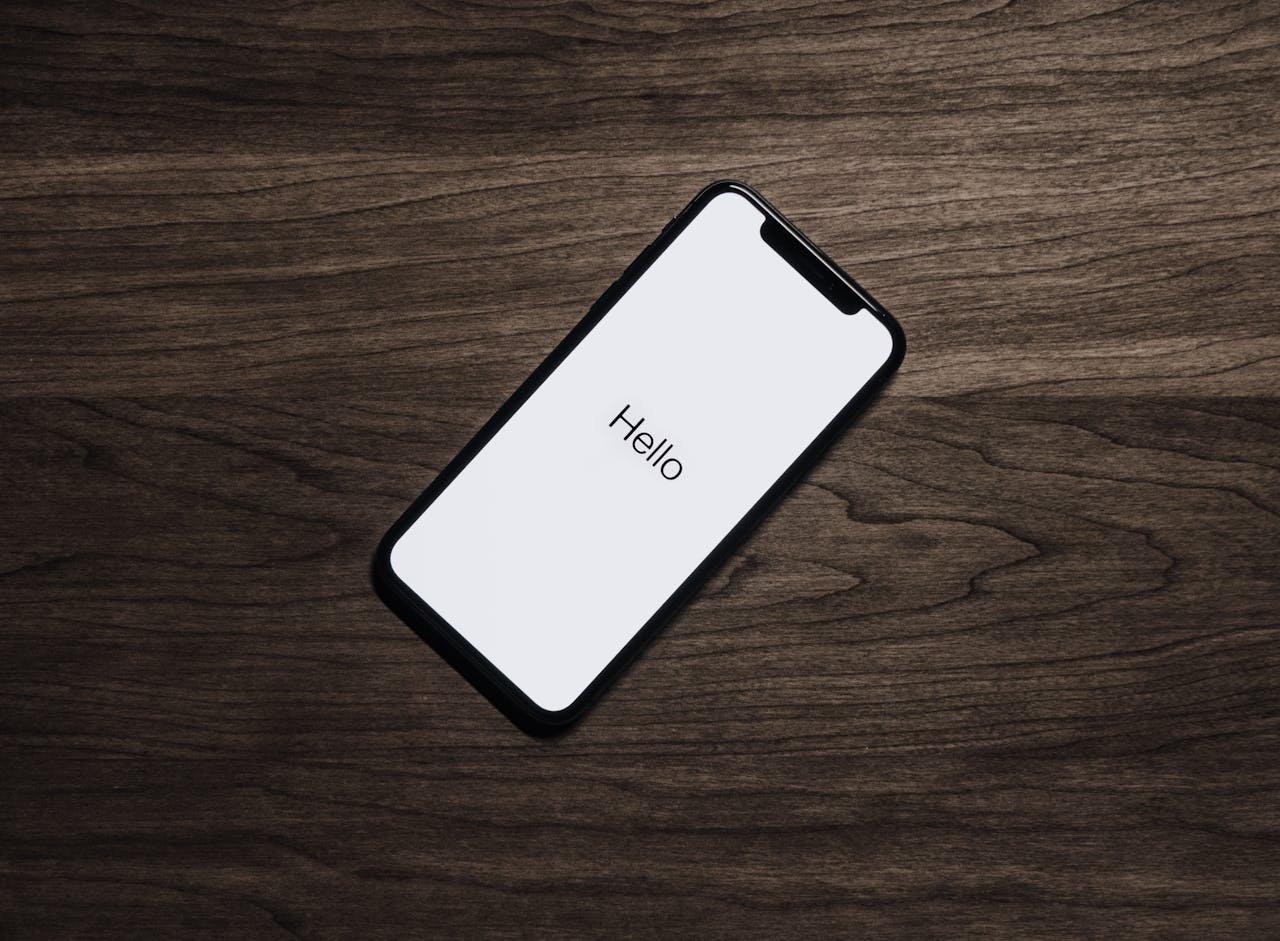Your phone is designed to keep you coming back again and again. Every notification, swipe, and scroll is created to grab and hold your attention. The designs behind these apps and alerts are meant to make you use your phone more than you realise.
Many of us think we’re just choosing to check our phones, but it’s often the phone choosing us. This addiction can affect your focus, sleep, and even personal relationships without you noticing. I want to help you understand why this happens and how to take back control.
Understanding what makes your phone addictive is the first step to breaking free. Once you see how these tricks work, it becomes easier to change habits and use your phone in a healthier way.
Key Takeaways
- Phones are made to capture your attention constantly.
- Using your phone too much can impact your daily life.
- You can learn to control your phone use better.
How Smartphones Are Engineered to Be Addictive
Smartphones use clever tricks to keep us coming back again and again. They tap into how our brains work and use design that makes it hard to put the phone down. These tricks are built right into the apps and the device itself.
Persuasive Design Principles
Smartphones and apps use persuasive design to keep me hooked. This means they are made to look attractive and reward me for using them. For example, apps use bright colours, easy navigation, and rewards like badges or points to make the experience fun.
Features like infinite scrolling make it so I never reach the end, encouraging me to keep swiping. Also, apps often make me wait a bit, creating a sense of anticipation. This keeps my mind engaged and makes me want to check for updates or new content.
Behavioural Psychology Tactics
Apps use psychology tricks based on how I think and feel. One key tactic is variable rewards. This means I get surprises, like random likes or messages, which makes me check constantly.
They also use social pressure by showing me who is online or sending notifications about friends’ activities. This makes me feel the need to respond or join in. These tactics tap into my natural desires for connection and approval.
The Role of Notifications
Notifications are designed to grab my attention right away. They use sounds, vibrations, and bright colours to make me look at my phone. Often, they arrive at times when I’m not expecting them, which breaks whatever I am doing.
These alerts make me feel I might miss something important if I don’t check my phone immediately. Some apps send multiple notifications, increasing the chance I’ll open them just to see what’s new. Notifications train me to respond quickly and repeatedly.
The Impact of Smartphone Addiction on Daily Life
Smartphone use can change how I feel, how well I work, and how I connect with others. These effects can make everyday life harder if I’m not careful.
Mental Wellbeing
I’ve noticed how constantly checking my phone makes me feel more anxious or stressed. The endless stream of notifications pulls my attention away, often leaving me restless. It’s like my brain can’t switch off because I’m waiting for the next alert.
Sometimes, this constant use disrupts my sleep. Using screens before bed lowers the quality of my rest, which makes me feel tired and less focused the next day. The impact on mood is real, too. Overusing my phone can lead to feelings of loneliness or sadness, especially when I compare my life to what I see online.
Productivity and Focus
Smartphones make it hard to concentrate, at least for me. When notifications pop up, it’s tempting to stop what I’m doing and check them immediately. This breaks my focus and makes tasks take longer.
I’ve found that trying to do important work while also using my phone doesn’t work well. Multitasking feels productive but often reduces the quality of my work. It’s like I’m not fully present in anything. This struggle impacts school, jobs, or even hobbies I want to enjoy.
Social Relationships
Even though phones help me stay in touch, they can also get in the way of real conversations. I’ve caught myself distracted during face-to-face talks because a notification dings, and I feel the urge to check it.
This behaviour can make others feel unimportant or ignored. Over time, it can weaken my friendships and make social gatherings less meaningful. Phones sometimes create a barrier, even when I’m physically close to people I care about. This divides attention and reduces the quality of our time together.
Why Tech Companies Want You Hooked
Tech companies aim to keep us using our phones for as long as possible. They make money by grabbing our attention and collecting data about what we do.
Attention Economy and Profits
The longer I stay on my phone, the more ads I see. Each ad gives tech companies money because advertisers pay to reach me. That is why apps use notifications, likes, and endless scrolling to keep me interested.
They shape my experience to make sure I don’t leave. Algorithms show me content they think I will enjoy or react to. This keeps me hooked, which means more views and more profit. It’s all about making me stay on my phone for minutes, even hours.
Surveillance and Data Collection
Tech companies track what I do, where I go, and what I like. They collect this data to build a profile of me. This profile helps them show me ads and content that suit my interests.
This data is valuable. It is shared or sold to other businesses, which use it to target me more precisely. So, being hooked doesn’t just mean I spend time on my phone—it means I share a lot of personal information too.
How to Regain Control Over Your Phone Usage
I found that taking back control means setting clear limits, using the right tools, and building better habits. These steps helped me reduce mindless scrolling and stay focused on what matters.
Setting Boundaries and Limits
The first thing I did was set strict rules for phone use. For example, I decided no phone during meals or one hour before bed. This helped stop me reaching for my phone without thinking.
I also set daily time limits for apps that eat most of my time, like social media or games. I used a simple timer or alarm to remind me when time was up.
Another way I set boundaries was by creating phone-free zones at home. This made it easier to focus on family or work without distractions.
Digital Wellbeing Tools
I explored built-in tools on my phone that track and limit usage. Features like Screen Time on iPhones or Digital Wellbeing on Android helped me see where I wasted most time.
Using these, I could block apps during work hours or get notifications when I hit my daily limits. The visual reports showed me patterns I hadn’t noticed before.
Some apps even help block distracting websites or force breaks. These tools are free and just need a few minutes to set up. They made a big difference for me.
Building Healthier Habits
I replaced phone time with activities like reading or walking. Instead of picking my phone first thing in the morning, I tried stretching or journaling.
I also put my phone away when not needed, like in another room or face down on the table. This reduced the urge to check it every few minutes.
Finally, I stayed mindful of why I picked up my phone. If it wasn’t for a clear reason, I paused. This helped break the habit of automatic scrolling and made me more aware of my time.
Conclusion: Take Back Your Time and Attention
Your phone isn’t just a tool—it’s designed to be a slot machine in your pocket, hijacking your focus and dopamine. But now that you know the tricks (endless scrolling, manipulative notifications, data-driven algorithms), you can fight back.
Start small:
Turn off non-essential notifications (silence the buzz).
Use app timers (set hard limits).
Try “phone-free” hours (reclaim real-world focus).
The goal isn’t to quit your phone—it’s to use it on your terms. Every minute you resist the pull is a minute you invest in your sleep, relationships, and peace of mind. You control the tech, not the other way around.
Now, put this article down—and go enjoy your unplugged freedom.





